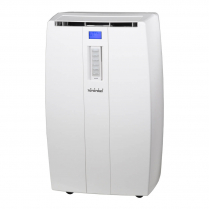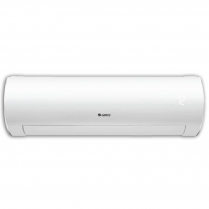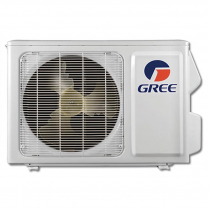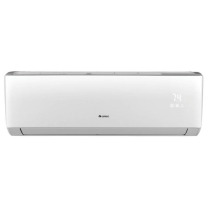Air conditioners and heat pumps are both air treatment systems that use refrigerant to cool and heat air. Air conditioners extract heat from the air inside your home and release it outdoors, while heat pumps do the opposite by drawing heat from the air outside and releasing it indoors.
Both air conditioners and heat pumps are powered by electricity, but air conditioners use more energy than heat pumps. While air conditioners are more common in warm climates, heat pumps can be used in both warm and cold climates. Heat pumps are more efficient than air conditioners in cold climates since they can extract heat from the air even when the temperature is below freezing. In general, air conditioners are less expensive to install than heat pumps, but heat pumps are more energy-efficient and can save you money on your energy bill over time.
At Rural Energy, we offer a wide selection of air conditioning options to meet and fit the energy requirements of any residential home, whether it’s cooling off a single room or entire floors. The air conditioning equipment solutions in our catalog include products from leading brands including Toyotomi and Gree (filter by brand using the brand list on the left side of the page). Our team will outfit your facility with the right types of brands and sizes for your needs. Our wide array providing powerful, efficient, and cost-effective air conditioning equipment will provide you ample cooling comfort. Whether it’s for an entire floor cooling or a pump that acts as both a heater and air conditioner, we have an expansive collection of heating water equipment that provides comfort and satisfaction.
Specialty Air Conditioner Equipment from Leading Brands:
In the realm of air conditioning, the distinction often lies in the blend of innovative technology, efficiency, and unique features that top brands incorporate into their products. At Rural Energy, we offer a handpicked selection of specialty air conditioner equipment from the industry's leading names, ensuring you experience unparalleled comfort and efficiency.
Toyotomi Air Conditioners: Compact Efficiency Redefined
Toyotomi's range of portable air conditioners stands as a testament to the brand's dedication to innovation and efficiency. Even if your home is already equipped with central air conditioning, Toyotomi's units can provide supplemental cooling, ensuring optimal comfort while conserving energy. One of the standout features of these units is the double ducting system, which delivers a significant 20–30% efficiency boost over single-duct models. With a robust cooling capacity of 11,500 BTU, Toyotomi ensures that you can relax and unwind in a perfectly chilled environment, irrespective of external temperatures.
Gree Mini Splits: Advanced Cooling with Heat Pump Technology
Gree Mini Splits are more than just air conditioners; they represent the pinnacle of advanced cooling solutions. These units come equipped with a heat pump, a versatile feature that allows for both heating and cooling. This dual functionality ensures optimal indoor comfort throughout the year, regardless of the season. Two other standout features of these units are Gree's intelligent defrosting and the I-FEEL system. Intelligent defrosting optimizes energy use during its cycle, while the I-FEEL technology measures temperature at the remote, ensuring precise and comfortable cooling or heating throughout the day.
Explore our range of specialty air conditioner equipment and step into a world of comfort, efficiency, and state-of-the-art technology. With stalwarts like Toyotomi and Gree in our lineup, you're investing in a legacy of cooling excellence.













